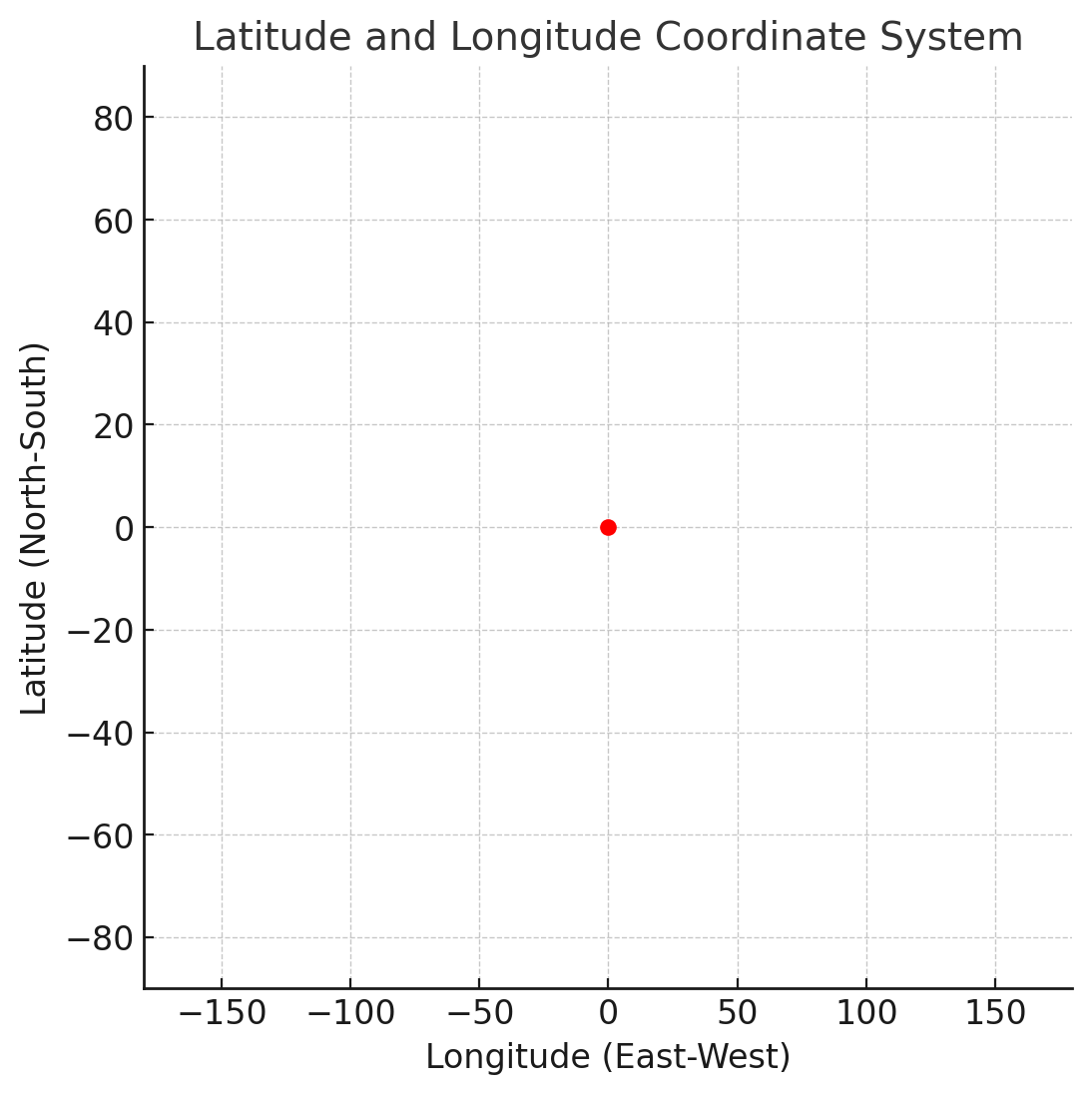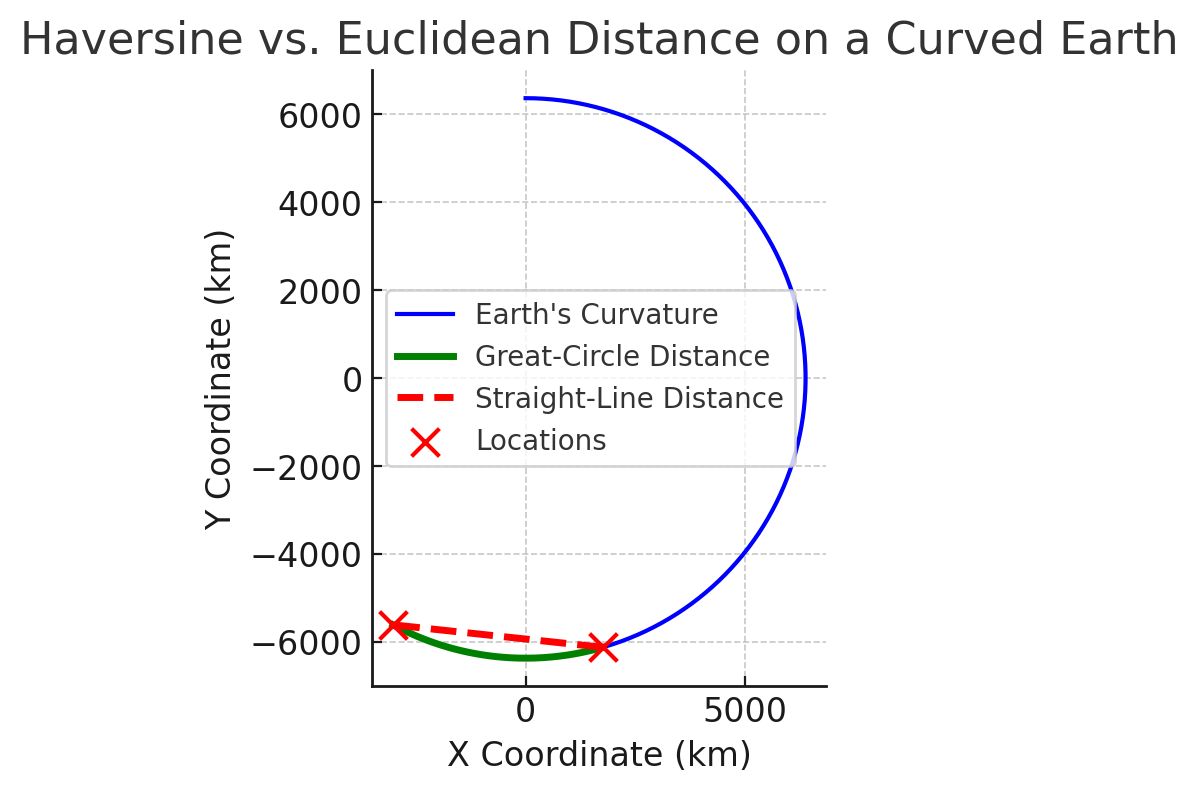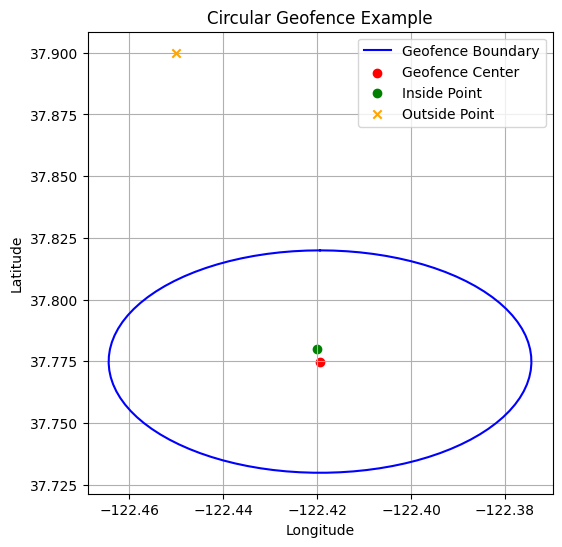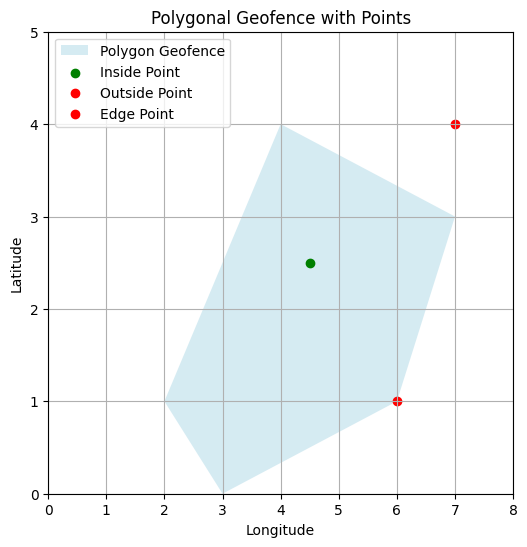Authored by Abhinav Jain, Senior Software Engineer
The adoption of Apache Cassandra and Apache Spark is a game-changer for organizations seeking to change their analytics capabilities in the modern world driven by data. With its decentralized architecture, Apache Cassandra is highly effective in dealing with huge amounts of data while ensuring low downtime. This occurs across different data centers which can be said as well for both fault tolerance and linear scalability: the reason why more than 1,500 companies — such as Netflix and Apple — deploy Cassandra. On the other hand, Apache Spark further boosts this system by processing data in memory, allowing speeds up to 100 times faster than disk-based systems and greatly enhancing the setup introduced by Cassandra.
A fusion of Cassandra and Spark results in not just a speedup, but an improvement of data analytics quality. The organizations that use this report drastically decrease their data processing time from hours to minutes — vital for finding insights quickly. This has brought them closer to staying ahead in the competitive markets since the two technologies work well together: When used jointly, Spark and Cassandra are best suited for real-time trend analysis.
On top of that, the integration of these two technologies is proposed as a response to the growing demand for flexible and scalable solutions in areas as broad as finance, where integrity, validity and speed play an important role. This coaction helps organizations not only control larger sets more expediently but also find valuable intelligence with a pragmatic approach: the decision is made based on their operation or the strategic move of their business. Given this, it becomes evident that knowledge about Cassandra’s integration with Spark should be part of every organization that intends to improve its operational analytical data.
Preface: Combining Cassandra’s Distribution with Spark’s In-Memory Processing
The use of Apache Cassandra has been a common choice for organizations that have large volumes of data to manage since they need distributed storage and handling capabilities. However, its decentralized architecture and tunable consistency levels — along with the ability to distribute large amounts of data across multiple nodes — is what makes it ideal without introducing minimal delays. In contrast, Apache Spark can work out processing and analyzing data in memory, which complements Cassandra as an outstanding partner able to deliver real-time analytics plus batch processing tasks.
Setting Up the Environment
To optimally prepare the environment for analytics using Cassandra and Spark, you start the process by installing Apache Cassandra first, then launching a Spark cluster. Both components need individual attention during configuration to promote harmony and achieve the best output from each side. The inclusion of connectors like DataStax Spark Cassandra Connector or Apache Spark Cassandra Connector is pivotal, since they help in effective data flow between Spark and Cassandra systems. Such connectors enhance query operation through Spark’s easy access to data from Cassandra without much network overhead due to parallelism optimization.
With the connectors having been configured, it’s equally vital that you tinker with the settings in a bespoke manner to cater to the workload specifics and volume of data. This could entail tweaking Cassandra’s compaction strategies and Spark’s memory management configurations — adjustments that must be made with anticipation of the incoming data load. The last leg of this journey is verifying the setup through test data: the successful integration signals workability, enabling a seamless analytics operation with due expectations. This setup — robust and intricate — acts as a fulcrum for both technologies, allowing them to be used at full capacity in one coherent analytics environment.
Performing Analytics with Spark and Cassandra
A fusion of Spark with Cassandra results in an enhancement of data processing: through the utilization of Spark’s efficient distribution model and Cassandra’s powerful computing capabilities. The end users are therefore able to perform advanced queries and deal with large datasets easily using Cassandara’s direct storage framework. In addition, these capabilities are enhanced by a number of libraries embedded within Spark, such as MLlib for machine learning, GraphX for graph processing, and Spark SQL for structured data handling — tools that support easy execution of complex transformations, and predictive analytics and data aggregation tasks. Furthermore, by caching data in memory, Spark speeds up iterative algorithms and queries, thus making it ideal where frequent data access is needed, coupled with manipulation via an intuitive user interface. The integration improves workflow and maintains high performance even after scaling to meet growing demands on big data across landscapes where large amounts prevail.
Real-time Analytics and Stream Processing
Furthermore, Spark plus Cassandra real-time analytics is a good approach to organizations’ intake and immediate analysis of data flows. This value is especially important for the business where speed and informativity are important. For example, monitoring of financial transactions, social network activity or IoT output information. Through Spark Streaming, data can be ingested in micro-batches and processed continuously with the possibility of implementing complex algorithms on the fly. When Spark is used with the CDC feature from Cassandra or tightly integrated with Apache Kafka as part of message queuing infrastructure, it turns into a powerful weapon that allows development teams to craft feedback-driven analytical solutions supporting dynamic decision processes which adapt towards changes unearthed from incoming data streams.
Machine Learning and Advanced Analytics
In addition to traditional analytics tasks, Spark opens up possibilities for advanced analytics and machine learning with Cassandra data. Users can create and model machine learning from Cassandra-stored data without having to move or duplicate it, hence enabling predictive analytics and anomaly detection as well as other high-end use cases through the adoption of Spark’s MLlib plus ML packages.
Best Practices and Considerations
One must take into account the best practices when integrating Spark and Cassandra for advanced analytics so that their potential can be maximized effectively. To ensure this, it is important to modify the data model of Cassandra in a way that meets the query patterns, helping reduce read and write latencies. In addition, when using partition keys design, distribute data equally across nodes to prevent hotspots while also configuring Spark’s memory and core settings appropriately. This will help you avoid resource overcommitment and thus any unnecessary performance issues.
Moreover, monitoring of both Spark and Cassandra clusters should be maintained continuously. Make use of tools such as Apache Spark’s web UI and Cassandra’s nodetool that can help you with performance metrics which would lead to bottlenecks showing up in no time. You must put in place strict data governance policies; this involves carrying out regular audits and compliance checks, which would ensure data integrity and security. Ensure secure access to data using authentication plus encryption (both in transit and at rest) that prevents unauthorized access and breaches.
Conclusion
Combining Apache Cassandra and Apache Spark creates a significant platform for large-scale analytics: it helps organizations get valuable and meaningful data much quicker than they ever did. By taking advantage of what each technology does best, companies have the opportunity to stay ahead of the competition, foster innovation, and ensure their decisions are based on quality data. Be it historical data analysis, streaming data processing as it flows or constructing machine learning frameworks, Cassandra and Spark, when brought together, form an adaptable and expandable solution for all your analytical needs.






